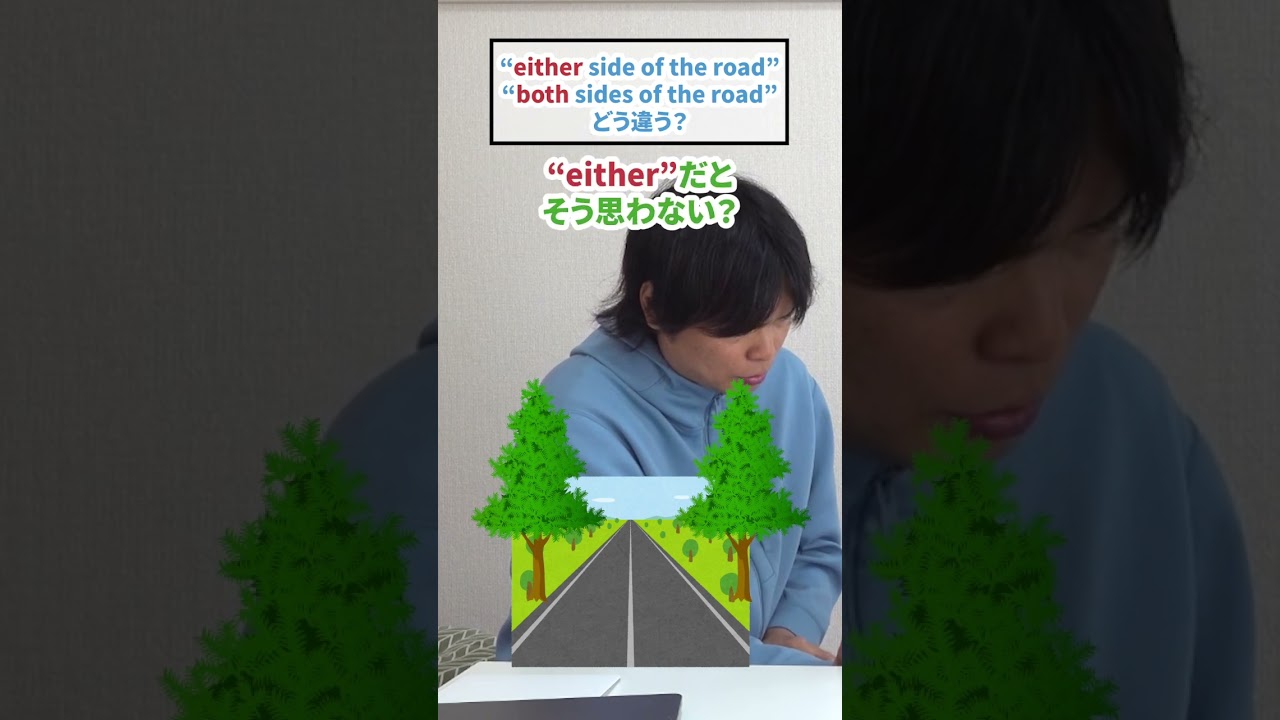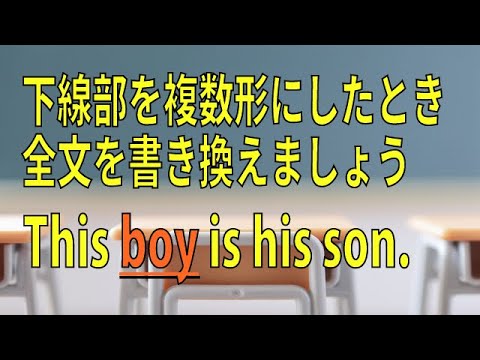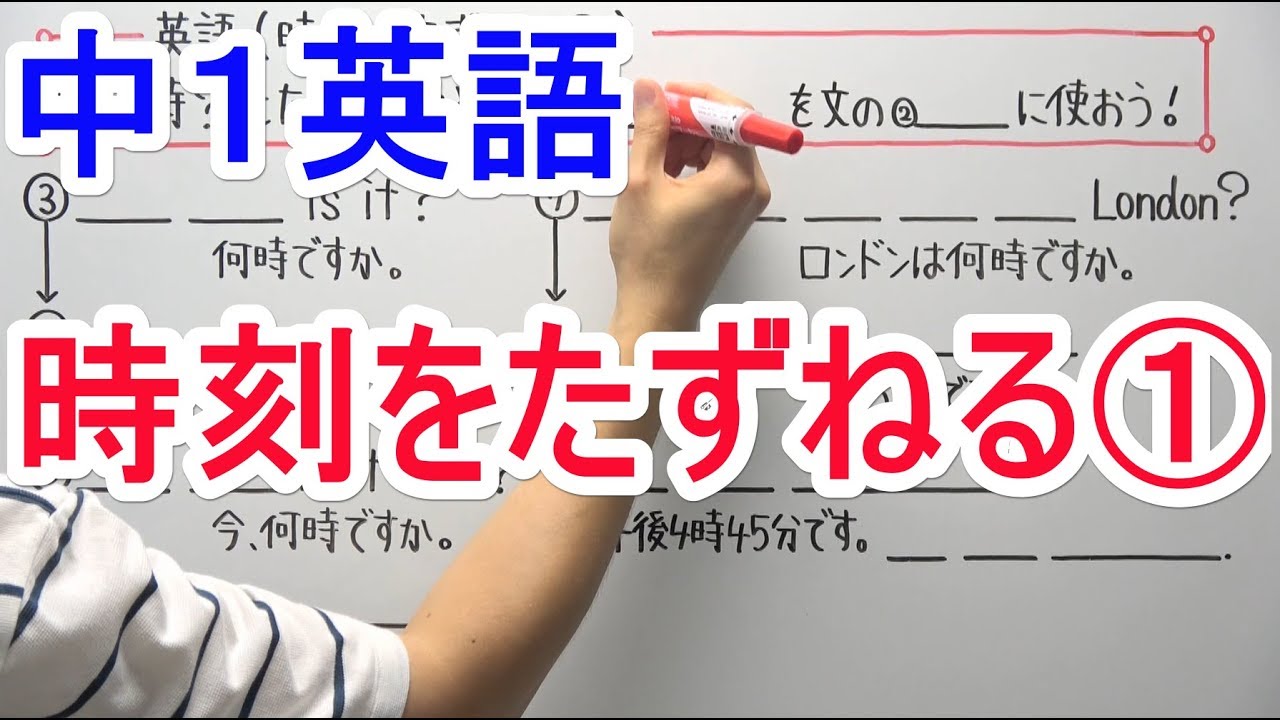問題文全文(内容文):
中1 英語 How many~
例文解説
(1)
( )( ) CD( ) do you have ?
(答)I have five CDs.
I have a lot of CDs.
I have about ten CDs.
(2)
How many apples do you want ?
(答)Two apples, please.
(3)質問するときには…。
Do you have ( ) CD( ) ?
(答)Yes, I do. / No, I don't.
Yes. I have five CD( ).
中1 英語 How many~
例文解説
(1)
( )( ) CD( ) do you have ?
(答)I have five CDs.
I have a lot of CDs.
I have about ten CDs.
(2)
How many apples do you want ?
(答)Two apples, please.
(3)質問するときには…。
Do you have ( ) CD( ) ?
(答)Yes, I do. / No, I don't.
Yes. I have five CD( ).
単元:
#英語(中学生)#中1英語#名詞・代名詞の複数形、How many~?、someとany
指導講師:
とある男が授業をしてみた
問題文全文(内容文):
中1 英語 How many~
例文解説
(1)
( )( ) CD( ) do you have ?
(答)I have five CDs.
I have a lot of CDs.
I have about ten CDs.
(2)
How many apples do you want ?
(答)Two apples, please.
(3)質問するときには…。
Do you have ( ) CD( ) ?
(答)Yes, I do. / No, I don't.
Yes. I have five CD( ).
中1 英語 How many~
例文解説
(1)
( )( ) CD( ) do you have ?
(答)I have five CDs.
I have a lot of CDs.
I have about ten CDs.
(2)
How many apples do you want ?
(答)Two apples, please.
(3)質問するときには…。
Do you have ( ) CD( ) ?
(答)Yes, I do. / No, I don't.
Yes. I have five CD( ).
投稿日:2012.06.20






